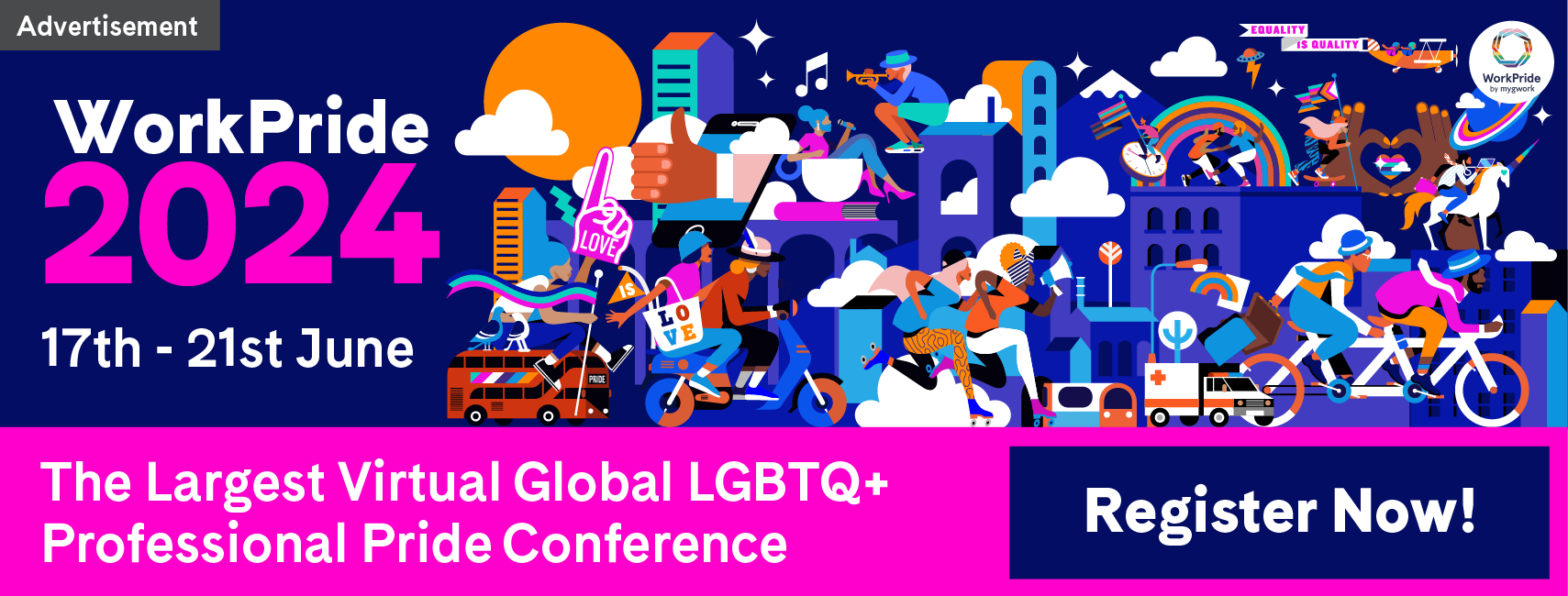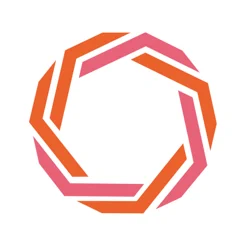Rainbow branding: marketing gimmick or social progress?
With Pride season upon us we once again see the familiar sights of rainbow flags adorning buildings and shops, parties and events promising to celebrate all things LGBT+, marches and parades on every weekend, and an unfathomable amount of glitter. We also notice those rainbow flags making their way into ads and promos, on billboards and posters, on liquor bottles and skittle packets. The rainbow flag – once a defiant symbol of the LGBT+ community and the battles we’ve had to fight just to exist in a hostile society – is now being used to sell dishwashing liquid.
This year we’ve seen big name brands from all types of industries latch themselves onto the LGBT+ cause – brands such as Target, Apple, Facebook, Burger King, Adidas, Nike, GAP, H&M, Barclays, Coke, Oreo, Doritos, Netflix (I could go on and on). It’s little wonder too, as the cumulative aggregated annual spending power of the global LGBT+ community, according to LGBT Capital, is estimated at more than $5 trillion. The so-called “Pink Dollar” (or “Pink Pound”) is an immensely valuable resource for companies to mine.
"The cumulative aggregated annual spending power of the global LGBT+ community is more than $5 trillion."
“As a gay consumer, when I'm not at work I can go to the grocery store, I can go to the pharmacy, and I buy toilet paper, I buy toothpaste, and I look at an advertisement that has someone that doesn't look like me, and I'm still going to buy it,” explains Zach Stafford, editor in chief of LGBT+ site Into. “But if I see one brand that has someone that looks like me, either interracial or gay, I'm buying it immediately.”
Stafford isn’t alone in thinking this, a study from Into found half of all LGBT+ consumers were more likely to perceive brands as LGBT-friendly if they advertise to media outlets that they read. 44% of consumers have a more positive perception of the brand if they cater to them.
The importance of being perceived as LGBT-friendly is even more crucial with millennial consumers. The Drum reports that more than 20% of millennial consumers identify as LGBT+, while even more straight millennials are friends with an LGBT+ person or have an LGBT+ family member. For the millennial generation, the social conscience of a brand is just as important as the product itself, and they won’t support a brand that doesn’t support the LGBT+ community.
"The free publicity the burger chain received from these videos, and subsequent sales in their restaurants, would be invaluable."
According to a Google Consumer Survey from August 2014, over 45% of consumers under 34-years-old say they're more likely to do repeat business with an LGBT-friendly company. Of them, more than 54% also say they'd choose an equality-focused brand over a competitor. 47% of consumers under 24-years-old said they are more likely to support a brand after seeing an equality-themed ad compared with 30% of all age groups combined.
In 2014, Burger King sold special limited edition Whopper Burgers in San Francisco. When you unwrapped the burger it revealed a message blazoned across a rainbow in the packaging: "We are all the same inside." Burger King filmed several customers receiving the burger and finding the messages. Their heartfelt reactions ratcheted up over 7 million views across all social platforms. The Wall Street Journal and Bloomberg praised the campaign for its inclusivity. Proceeds from those burgers also went to the Burger King McLamore Foundation, which provides scholarships for LGBT high-school students.
While
a lovely moment, it shouldn’t be forgotten that the free publicity the burger
chain received from these videos, and subsequent sales in their restaurants,
would be invaluable.
Graham Cracker’s Honey Maid launched a similar campaign in the same year, this time focusing on “wholesome” families – the ad noted that while family units have changed over time the idea of wholesomeness stayed the same. The ad prominently featured two gay dads, and was described by the campaign’s lead creative, Kevin Brady, as “brave.”
“I remember pitching it and thinking it’d be a ‘no, but thank you’,” he said. “Instead they wanted to know how they could get the idea through to the rest of the company. The challenge was then to make sure we didn’t end up with some ‘light’ version.
“We knew we had to do this right, the first scene is two gay men holding their baby because we wanted to do it in a clear way and not hide anything, but we weren’t naïve enough to think we could show gay men holding a baby in a commercial and no one was going to say anything.”
Despite the overwhelmingly positive response, the ad received some backlash from conservative viewers.
“A lot of companies at that point would have said ‘sorry, we didn’t mean to offend you’ but we thought there was nothing to be sorry for,” says Brady.
“We came up with the idea of printing out all the comments and taking those hateful messages to spell ‘Love’. The haters came out fast, as you’d expect, but when the positive responses started they just kept coming and coming… I was really impressed with how America has evolved.”
From the
ensuing publicity that original ad ended up having over 8 million views on
YouTube alone, while the follow up ‘Love’ video scored an impressive 4 million
views – Google analytics showed that more than a quarter of those views came
from millennials.
So, what does this all add up to? Does slapping a rainbow flag over a company’s logo help or hinder the LGBT+ community?
The answer, according to The Guardian’s Rebecca Nicholson, is complicated. “Whenever I see a big brand adopting the rainbow as a sign of its social conscience, I instinctively think, that was never the point of that flag,” she writes. “My first reaction is to think: ‘This is a marketing gimmick that ensures Skittles are in the news during Pride month.’”
Indeed, there is certain hypocrisy about Facebook installing
a Pride reaction button for us to celebrate all things LGBT+, but not having
that button available on Facebook in Russia or the UAE, perhaps where it’s
needed most. Campaign’s Todd Wasserman noted that back in 2015 when the US Supreme Court legalised same-sex
marriage MasterCard tweeted out "True
love: Priceless. #AcceptanceMatters." But that that tweet was conspicuously
missing from their Turkey, Middle Eastern, and African twitter accounts.
While these Pride brandings may not be reaching these intensely homophobic countries abroad, they are reaching more conservative minds at home. The very nature of advertising’s pervasiveness may actually help in spreading the idea of inclusivity and diversity, writes Nicholson. “Because it is sneaky and ever-present, advertising has the potential to reach people who may not be aware of queer rights in any other environment, or care about them in the slightest… corporate support does make LGBT lives more visible in mainstream spaces.”
Millennials essentially forcing big brands to
express LGBT-inclusive messages may help change older generations’ perceptions
of the community. Welcoming queer people through consumerism takes away the
otherness of being LGBT+, it normalises it. While companies’ motivations for
doing so may be suspect or purely monetary-based, having acceptance on trend
could ultimately be a helpful way to push the gay rights movement forward.
Keep up to date with the latest myGnews
This article quoted from these sources:
https://www.thinkwithgoogle.com/consumer-insights/lgbt-advertising-brands-taking-stance-on-issues/
https://www.campaignlive.co.uk/article/global-brands-two-faced-strategy-lgbt-issues-abroad/1354995

